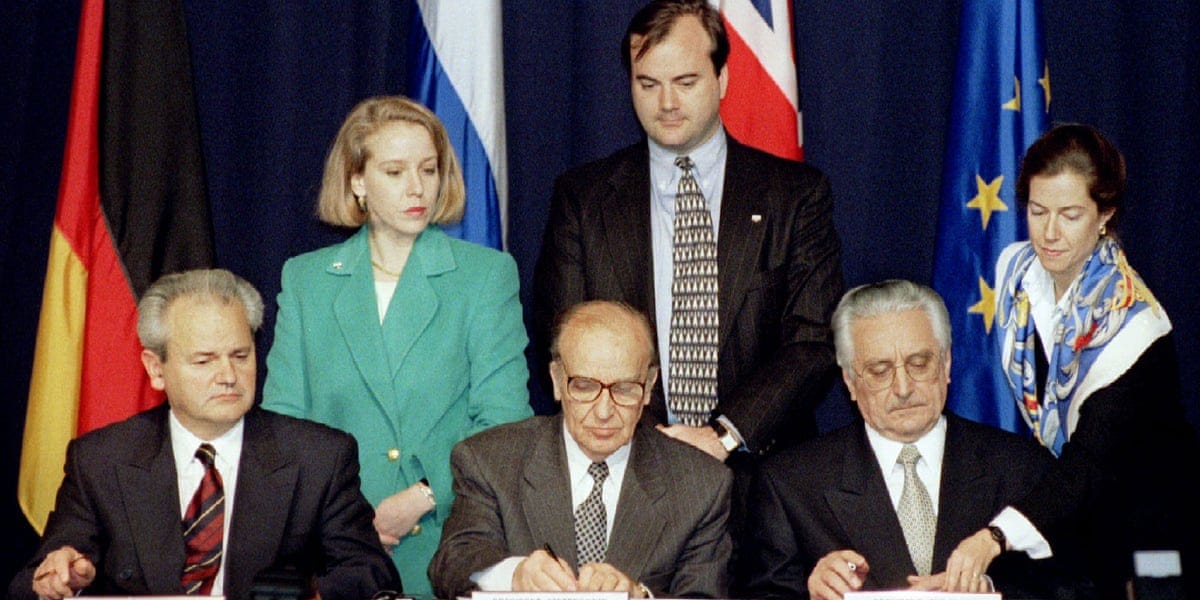The Gaggle Book Club: “The Battle for Spain: The Spanish Civil War 1936–1939 By Antony Beevor
Each week, The Gaggle Book Club recommends a book for Gagglers to read and—most important—uploads a pdf version of it.
Our practice is that we do not vouch for the reliability or accuracy of any book we recommend. Still less, do we necessarily agree with a recommended book's central arguments. However, any book we recommend will be of undoubted interest and intellectual importance.
Today's book club selection is “The Battle for Spain: The Spanish Civil War 1936–1939 by Antony Beevor. Published in 2006, Beevor's book is a lively recounting of the key events that led from the political crisis triggered by the collapse of the Spanish monarchy to the brutal civil war and finally to the nearly-four decade dictatorship of General Francisco Franco. Readability and accessibility is what you would expect from Beevor's books, and this one does not disappoint.
As Beevor tells it, Spain at the turn of the 20th century was still a very poor, undeveloped country. While industrialization had started to transform cities such as Barcelona and Madrid, the vast majority of Spaniards still lived in the countryside, bound to traditional ways. The Spanish monarchy, fragile and increasingly unpopular, had long struggled to contain social unrest and political agitation.
The early decades of the century were marked by political instability. The Restoration system—an alternating government dominated by two conservative parties—proved incapable of addressing deep inequalities and regional tensions, especially in places such as Catalonia and the Basque Country, where nationalist sentiments grew alongside demands for greater autonomy.
Industrial workers, peasants and the emerging middle class began organizing. Socialism and anarchism found fertile ground in factories and rural villages alike. The Confederación Nacional del Trabajo (CNT), an anarcho-syndicalist union, grew powerful, promoting revolutionary ideas and direct action. Meanwhile, the Catholic Church remained a central pillar of Spanish identity, conservative values and political influence; it often aligned itself with landowners and the army.
The monarchy failed to address Spain's myriad crises and, in 1931, King Alfonso XIII went into exile. The Second Spanish Republic was proclaimed amidst a lot of excitement. As it turned out, the republic failed to satisfy anybody.
The Republic enacted sweeping reforms: secularizing education, redistributing land from large estates to peasants, expanding voting rights and curbing the power of the military and the Church. Women gained the right to vote.
But reform brought fierce resistance. Conservative factions saw the Republic as an existential threat to Spain’s traditions and their own privileged status. The Church fought bitterly against secular schools. Wealthy landowners resisted land reform.
On the other hand, radical left-wing groups—anarchists, socialists and communists—were dissatisfied by the slow pace of change. While moderate socialists sought reform within the system, the Communists, influenced by Moscow, pushed for far-reaching state ownership and centralized party control. The anarchists, particularly strong in Catalonia and Aragon, championed radical social revolution, often organizing collectives that called for the abolition of private property. Soon, urban workers in Barcelona and Madrid were organizing strikes and uprisings. In rural areas, peasants were seizing land by force.
Political violence became common. Assassinations, street battles and mass strikes created a climate of fear and chaos. The polarization deepened: for many conservatives, the republic had to be destroyed; for many on the left, it had to be defended and radicalized.
Into this volatile situation stepped a group of military officers, led by General Francisco Franco. Like many conservatives, they viewed the republic as a failed experiment that had invited chaos and communism. In July 1936, they staged a coup, aiming to overthrow the government and to restore order and traditional values. But the coup failed to seize the entire country outright. Instead, Spain fractured into two bitterly opposed sides: the Nationalists—Franco’s faction—who controlled much of the rural heartland, parts of the south and the northwest; and the Republicans who controlled Madrid, Barcelona, Valencia and other key cities.
What followed was a civil war marked by unprecedented brutality. The Nationalist side, comprising the army, monarchists, fascists and the Church, remained more or less united under the leadership of Franco. The Republican side, on the other hand, comprising socialists, Communists, anarchists and liberals struggled to present a united front.
What followed was not just a civil war, but a brutal ideological battle that became a proxy for wider conflicts sweeping Europe. Fascists and conservatives in Italy and Germany backed Franco’s Nationalists with troops, planes and tanks. The Soviet Union and the international Communist movement, as well as international volunteers from around the world, rallied to support the Republican cause.
In the cities, militias formed by workers and leftist parties took over policing, often engaging in violent purges of suspected enemies—priests, landlords, right-wing sympathizers. In some Republican areas, entire communities collectivized farms and factories in revolutionary experiments.
Meanwhile, the Nationalists consolidated power with discipline and ruthless repression. Franco’s leadership, though initially uncertain, became absolute, backed by Nazi Germany and Fascist Italy, which supplied weapons and troops.
The international dimension added another layer of tragedy. The Soviet Union supported the Republicans but imposed ideological controls, often clashing with anarchists and Trotskyists. Thousands of international volunteers joined the fight on the Republican side, drawn by the urgent call to resist Fascism.
Beevor brings the human cost of the conflict vividly into focus: the bombardments of civilian populations, the mass executions and the bitter hatreds. The bombing of Guernica in 1937 by German planes came to a symbolize the horrors of modern warfare’s cruelty, and inspired Picasso’s famous painting.
The front lines shifted, cities were besieged and civilians endured starvation and terror. The war became a prelude to World War II, a testing ground for new weapons and tactics, and an expression of an ideological struggle in that brooks no compromise.
Eventually, the the Republicans. Infighting among leftist factions, shortages of supplies, and the overwhelming military aid to Franco’s forces doomed the Republican cause.
By early 1939, republic's days were numbered: infighting among the leftist factions, shortages of supplies, and the greater military skills of Franco’s forces doomed the Republican cause.
Beevor is clear-eyed about Franco’s strengths: his ruthless pragmatism, his ability to unify disparate right-wing groups and his shrewd use of German and Italian military aid had no parallels on the Republican side. His forces gained critical advantages in weapons, air power and coordination. Beevor does not shy away from the internecine strife within the Republican camp. The May 1937 clashes in Barcelona, where anarchists and communists fought bitterly, epitomized the failure of the left to unite. His narrative is a gripping mix of street fighting and political intrigue, showing how ideological purity and power struggles contributed to the republic’s eventual defeat.
There remains one difficult counterfactual issue that any historian of the Spanish Civil War has to address. Did Franco's victory save Spain? Hitler after all left Franco alone, and did not occupy Spain or Portugal following his victory over France in 1940. Would Hitler have extended that same courtesy to a Republican-Communist-led Spain? It would seem on the face of it to be highly unlikely.
Beevor, to his credit, does address the issue. He argues that Hitler did consider taking Gibraltar via Spain (Operation Felix) in late 1940, but Spain’s ruined infrastructure, food shortages and Franco’s demands for huge quantities of supplies made the plan unattractive. Hitler was also facing shifting priorities in the Mediterranean and Russia. Beevor makes clear that Hitler’s choice not to invade was as much about German strategic overreach as it was about any lingering sympathy Hitler may have had for Franco’s regime. Beevor's argument isn't terribly convincing. While Franco provided only a minimal amount of support to Germany in World War II, Hitler still considered Spain a nominal ally.
It is true that during the years of the Nazi-Soviet non-aggression pact from 1939 to 1941, Republican-Communist-led Spain would have maintained cordial relations with Hitler's Germany. However, that would have ended on June 22, 1941. From that moment on, Hitler would have been very concerned about an invasion of Europe via the Iberian Peninsula. Therefore, without question, he would have ordered an invasion of Spain.
Nonetheless, Antony Beevor’s "The Battle for Spain" stands out for its blend of scholarly rigor, narrative drive and profound empathy for everyone caught up in the Spanish Civil War. It is a history that reads like a novel yet never loses sight of the harsh realities of war.

















